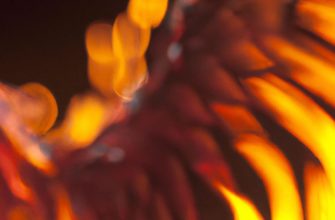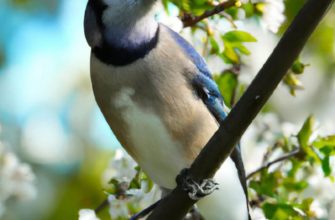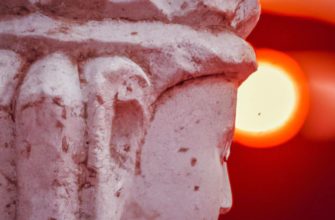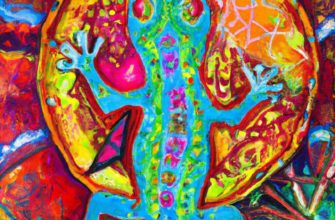Occult symbolism delves into the hidden messages contained in ancient traditions, esoteric practices, and secret societies. These symbols are like a language, conveying profound knowledge and spiritual truths to those who can decode them.
Throughout history, occult symbols have been woven into religious texts, art, architecture, and everyday objects. Practitioners can use these symbols to access higher realms of consciousness, hidden knowledge, and mystical forces beyond the physical world.
Symbols such as the eye of Horus, Tree of Life, and pentagram are found across different cultures and periods of time. This suggests a shared understanding of certain metaphysical concepts and spiritual truths.
Plus, occult symbols often have multiple layers of meaning. Depending on context and interpretation, a single symbol can convey different ideas. This complexity adds to the allure of occult symbolism.
The power of occult symbols is illustrated in the French Revolution. In 1791, a mysterious group called the Illuminati used an emblem of an all-seeing eye atop a pyramid. This symbol became associated with hidden agendas and covert operations. It still captivates conspiracy theorists today.
What is Occult Symbolism?
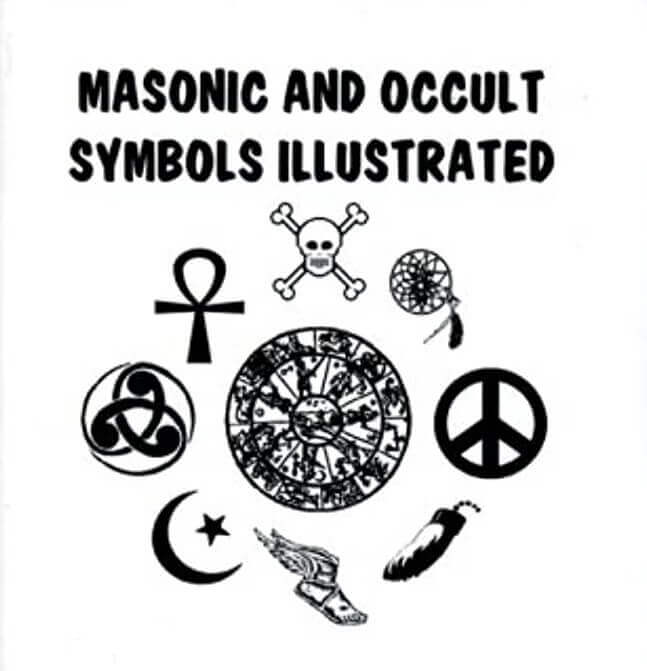
Occult symbolism is the use of hidden signs and symbols with deeper meanings linked to mystical or esoteric beliefs. These symbols are used in rituals, ceremonies, and various occult practices.
Symbols are important in occultism. They act as a way to communicate between practitioners and supernatural forces. They can symbolize spiritual concepts, deities, elements, or abstract ideas. For example, the pentagram is a typical occult symbol, representing the five elements: earth, air, fire, water, and spirit.
A special quality of occult symbolism is its ability to transfer secret knowledge and evoke certain energies or entities. The symbols used in occult practices often contain ancient wisdom passed down through generations. This knowledge grants access to realms beyond the physical world and offers comprehension of the mysteries of life.
To understand occult symbolism, one must delve into the rich history of esoteric traditions like alchemy, astrology, Kabbalah, and freemasonry. Each tradition has its own set of symbols that have deep meaning in their systems of belief.
Occult symbolism is mysterious and captivating. It offers us a chance to investigate realms outside our everyday perception. Its mysterious charm invites us to find hidden truths and travel on a journey of self-discovery. Don’t miss out on this fascinating world full of secrets waiting to be revealed! Embark on a historical quest and unlock the mysteries of the past with occult symbolism.
Historical Background of Occult Symbolism
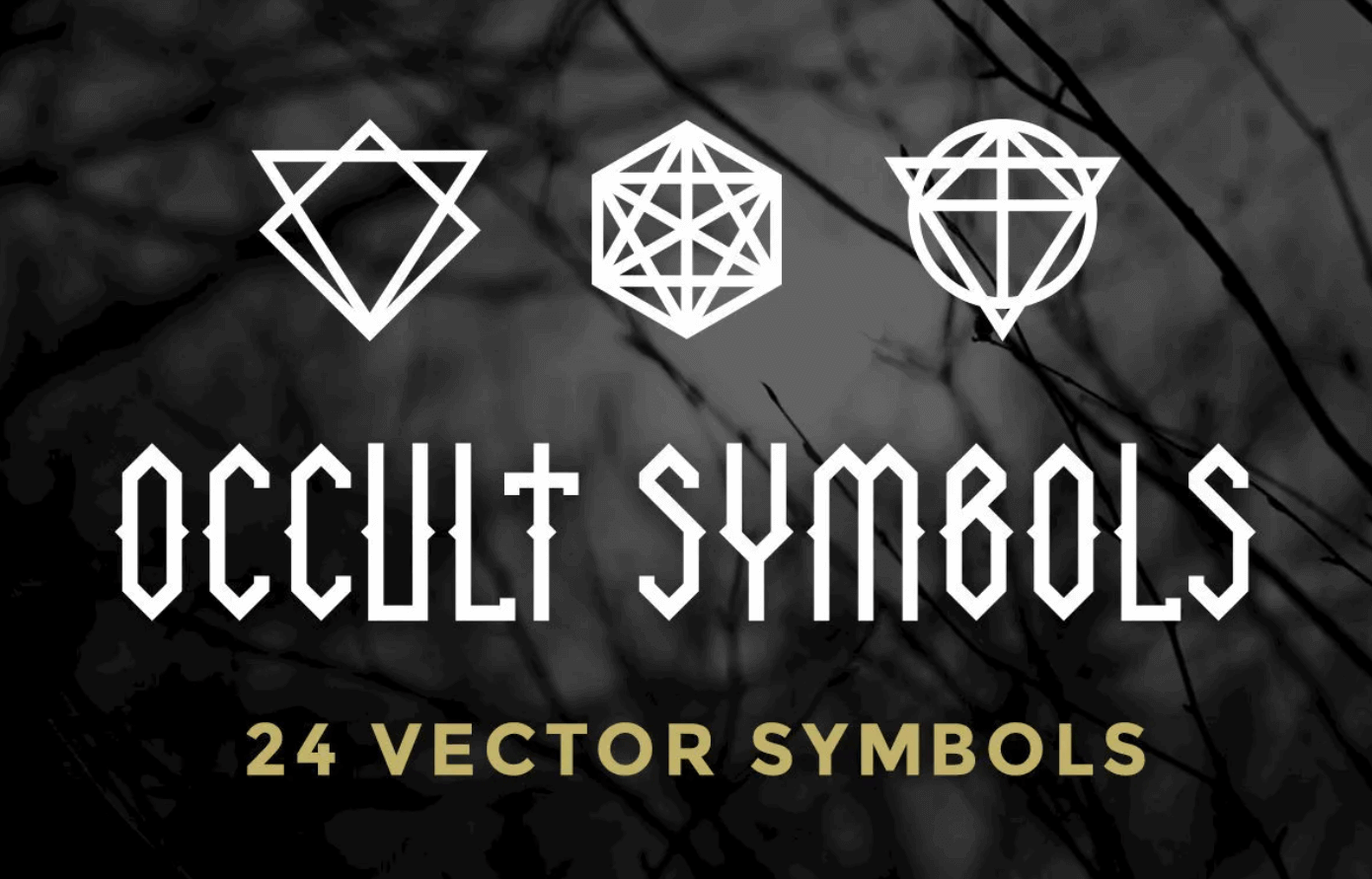
Ancient civilizations, like the Egyptians and Greeks, believed occult symbols held mystical powers. They used them in religious rituals and ceremonies. The most iconic symbol is the pentagram – a five-pointed star surrounded by a circle. It stands for the elements: earth, air, fire, water, and spirit.
The Eye of Horus, the ouroboros (snake eating its tail), and the inverted cross are also used in occult practices. During the Renaissance, alchemists sought to uncover the secrets of transmutation with these symbols. Secret societies like the Freemasons used them as a form of communication.
Today, many artists and musicians use occult symbols in their work to convey hidden meanings. For example, Led Zeppelin used Aleister Crowley’s motto “Do what thou wilt” on their album cover.
Different cultures throughout time have had various views of occult symbols, from reverence to fear. Psychologist Carl Jung recognised the power of symbols in his theory of collective unconsciousness – he believed they have universal meanings across different cultures, embedded in our minds.
Occult symbolism has been a part of human culture for centuries. It’s both a mystical path and an intriguing aspect of history that continues to capture people’s imaginations.
Common Occult Symbols and Their Meanings
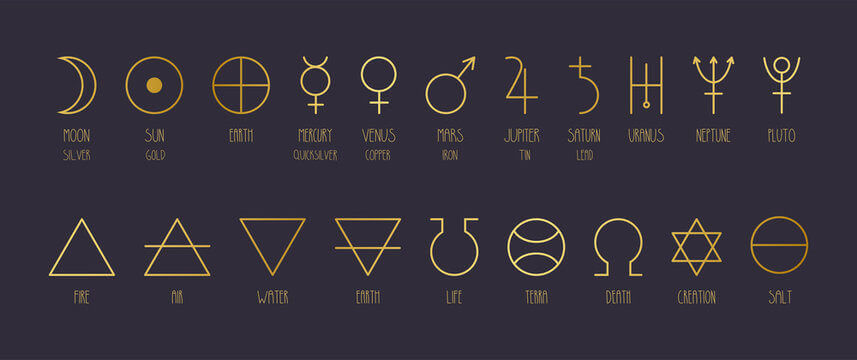
Occult symbols are mysterious and have profound meanings. Let’s uncover what they mean!
| Symbol | Meaning |
|---|---|
| Pentagram | Represents Earth, Air, Fire, Water, and Spirit. |
| Ankh | Symbolizes eternal life and divine protection. |
| Eye of Horus | Signals protection and guidance. |
| Triskelion | Represents growth, expansion and self-discovery. |
| Crescent Moon | Intuition, cycles and feminine energy. |
These symbols have different interpretations based on belief systems.
But, here’s something unique about them:
- The pentagram has positive and negative connotations. It’s a symbol of protection and spirituality – but some people link it to dark forces.
- The ankh is from ancient Egypt and is related to immortality. It stands for the balance between male and female energies.
- Eye of Horus comes from Egyptian mythology. It shields from evil and grants wisdom.
- Triskelion’s spirals are like body-mind-spirit or past-present-future. It helps in personal growth.
- Crescent Moon is graceful and stands for feminine energy. It reminds us of nature’s cycles and encourages intuition.
To appreciate occult symbols:
- Research: Learn more about their history and cultural importance.
- Meditation: Use them as guidance in spiritual journey.
- Seek Knowledge: Talk to experts and learn from them.
- Personal Interpretation: Reflect on how the symbols relate to your beliefs.
By unlocking this realm of profound meanings and hidden wisdom, we can illuminate our spiritual path. Art and literature channel dark forces since long before Netflix.
Occult Symbolism in Art and Literature
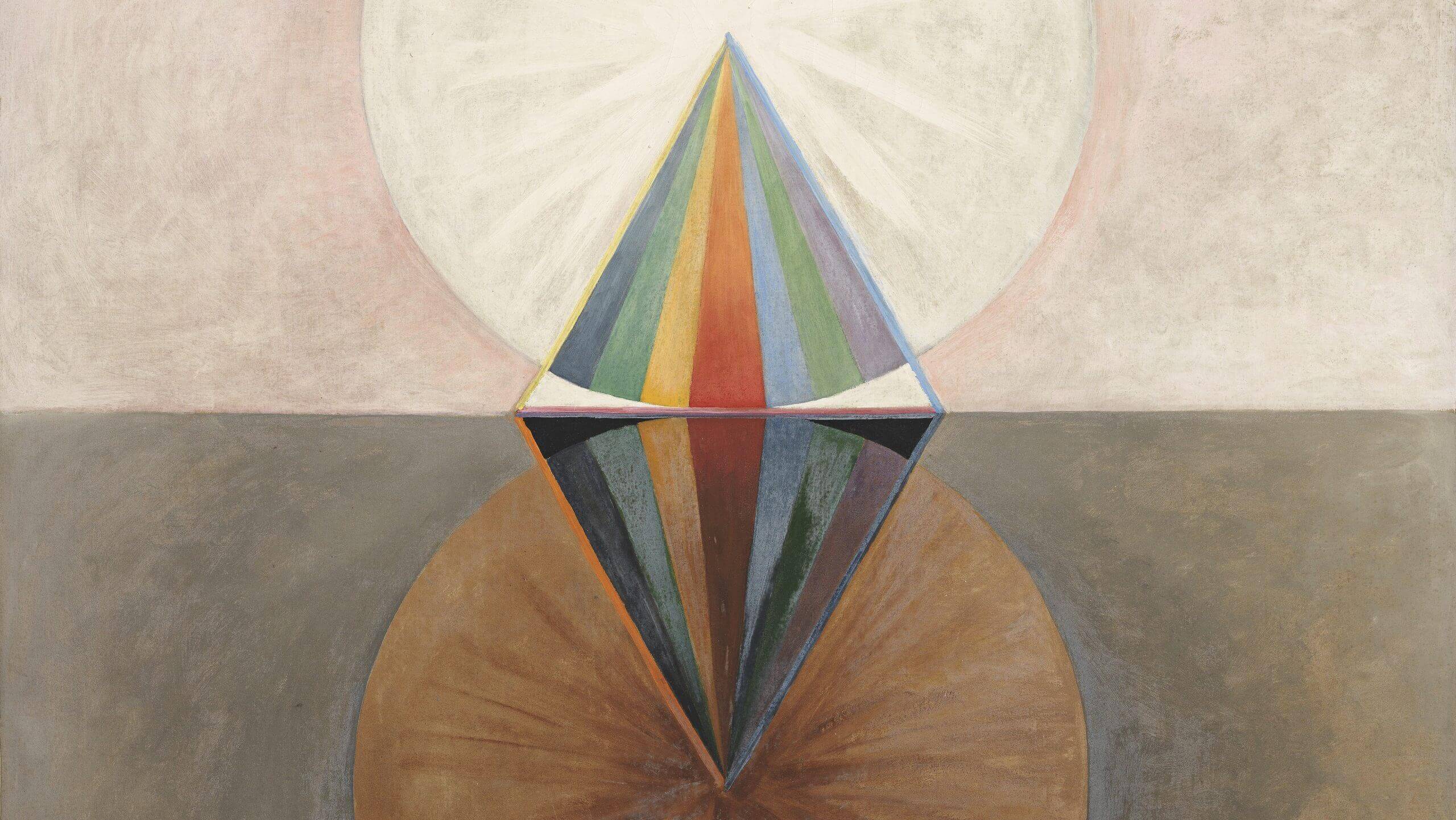
Occult symbolism is embedded in art and literature. It has hidden meanings and esoteric imagery that capture the imagination. These symbols convey more than their literal meaning, often drawing from mystical traditions and ancient wisdom.
Throughout history, artists and writers have used occult symbols to evoke mystery, provoke thought, and explore metaphysical concepts. By incorporating these mysterious symbols into their works, they invite audiences into a captivating world.
The universality of occult symbols allows them to transcend cultural boundaries. Certain symbols may come from alchemy or astrology, but they often resonate across different cultures and time periods. This reflects our collective search for meaning.
Many renowned artists are proponents of occult philosophies. Occult symbolism provides them a tool to express their spiritual beliefs or explore mysteries of existence. For example, Salvador Dalí incorporated esoteric references in his surrealist works.
Even well-known literary works contain hidden occult symbolism. William Shakespeare’s “Macbeth” has three witches symbolizing fate and supernatural forces. Their chants and prophecies explore themes such as ambition, guilt, and moral decay.
Occult symbolism can also be traced back to ancient civilizations like Egypt and Mesopotamia. Their intricate hieroglyphs and cuneiform writings have cryptic messages that still fascinate scholars today.
Popular culture also contains occult symbolism. From hidden messages in music videos to secret handshakes in Hollywood, it’s like finding a needle in a satanic haystack.
Occult Symbolism in Popular Culture
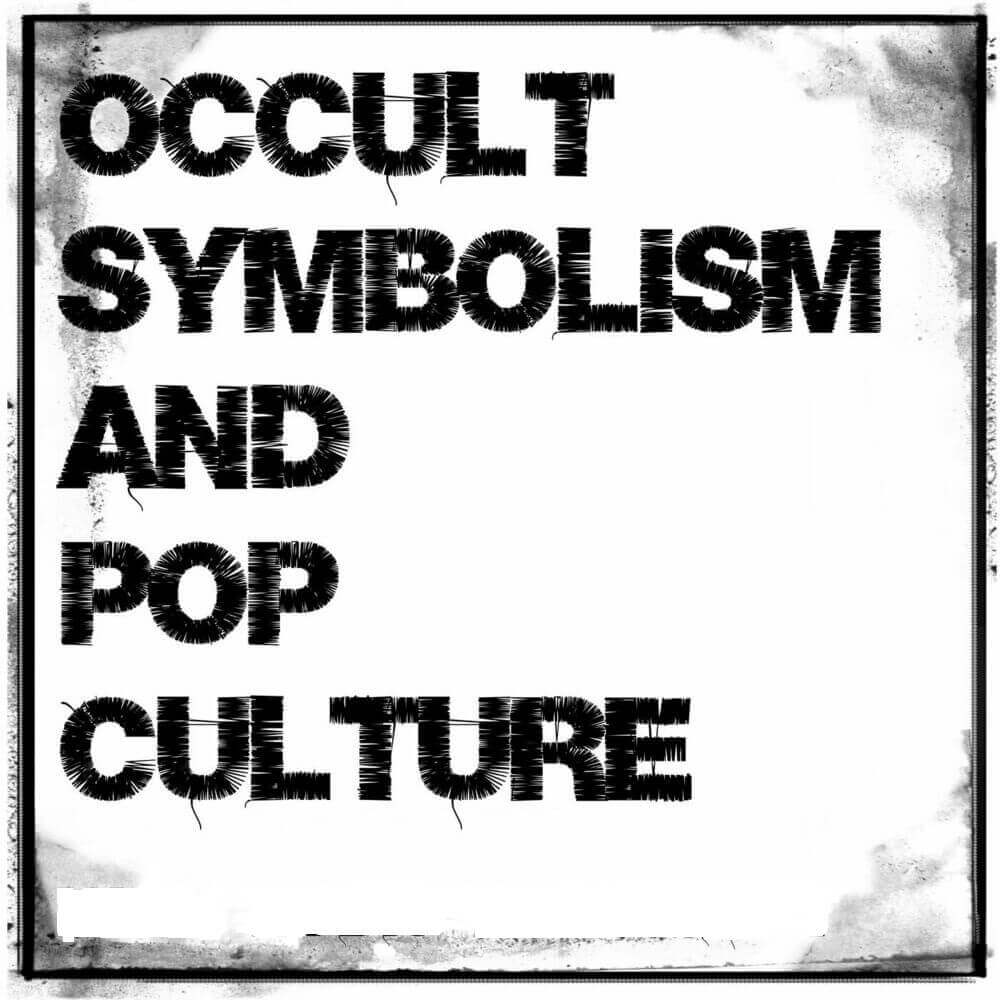
Occult symbolism has bewitched popular culture, its mysterious appeal captivating audiences. From music to fashion and art, it has become a part of our daily lives.
Let’s take a look at the table to understand its prevalence:
| Category | Occult Symbolism Examples |
|---|---|
| Music | All-seeing eye on album covers |
| Movies | Pentagram in horror films |
| Fashion | Inverted cross as fashion statement |
| Art | Tarot imagery in paintings |
| Literature | Sigils in book illustrations |
It is also present in our daily lives in subtle ways. Corporate logos, advertising campaigns having mystical motifs. Although, many are unaware or choose to ignore this.
Exploring its past, occult symbolism has been part of secret societies and esoteric teachings for centuries. It was used to attain higher knowledge or communicate cryptic messages.
These symbols eventually made their way into mainstream art forms, sparking the imagination of creators and consumers. Blurring the line between the esoteric world and popular culture, it now resonates with individuals on many levels.
The controversies around occult symbolism can be quite enlightening. But, beware of getting too enchanted or you could start seeing pentagrams in your breakfast cereal!
Controversies and Misinterpretations of Occult Symbolism
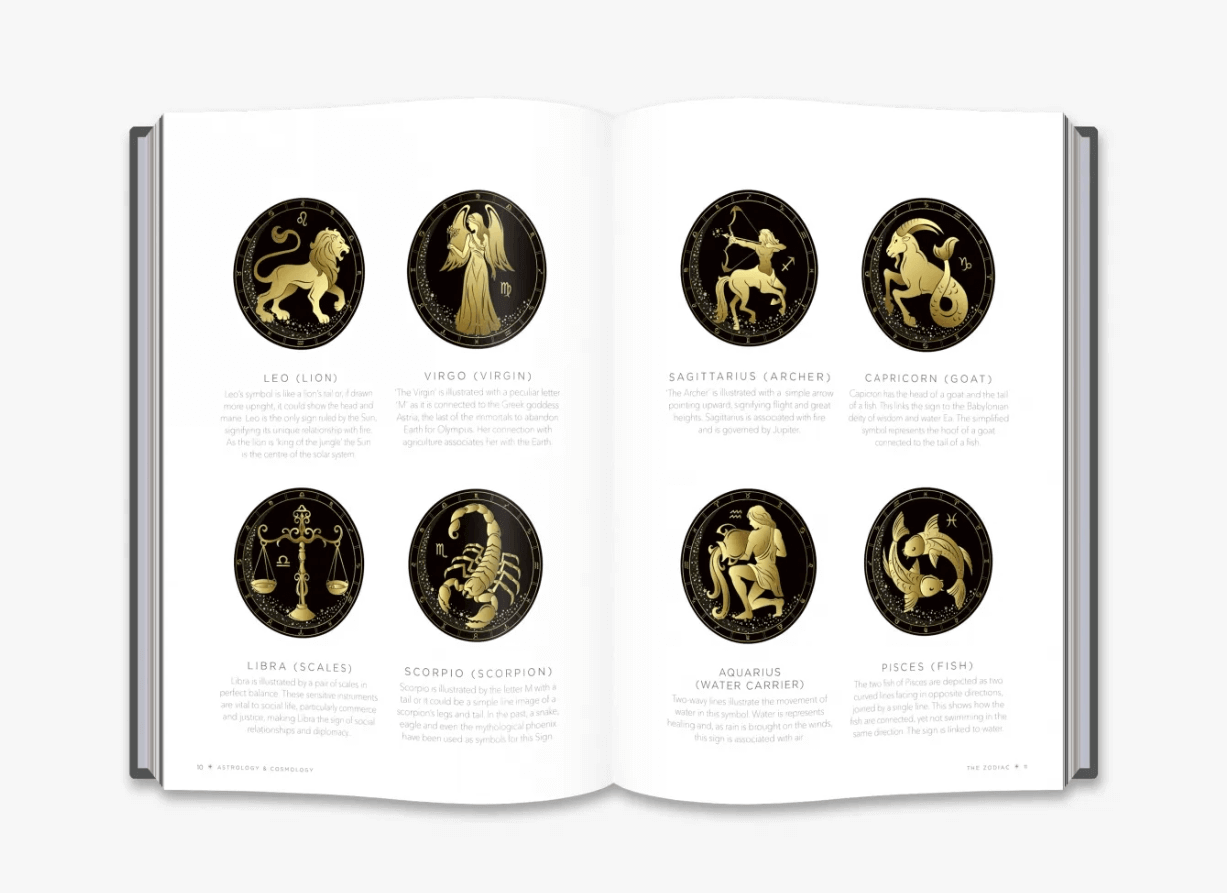
People don’t understand occult symbolism because they lack knowledge of its true meanings. Symbols like pentagrams and eyes of Providence have wrongly been linked to dark practices or devil worship. But these symbols signify spiritual enlightenment or protection.
Misinterpretations come from linking occult symbols to secret organizations or societies. It’s true that some esoteric groups use these symbols in rituals and teachings, but this doesn’t mean bad intent. They’re usually trying to discover hidden truths and improve personal development.
Historical events and cultural influences have created controversies around occult symbols. During the medieval period, church authorities labeled non-Christian symbols as satanic or heretical. Misconceptions still exist today.
Occult symbolism has been cleverly included in films, books, and other popular culture pieces. Take “The Da Vinci Code” and “Harry Potter” for example; they both integrate symbols into the narrative to create mystery. This contributes to society’s fascination with occult symbolism.
Dragons are mythical creatures that represent wisdom and power in occult symbolism. Ancient civilizations viewed dragons as untameable forces existing beyond human understanding.
The Influence of Occult Symbolism in Modern Society
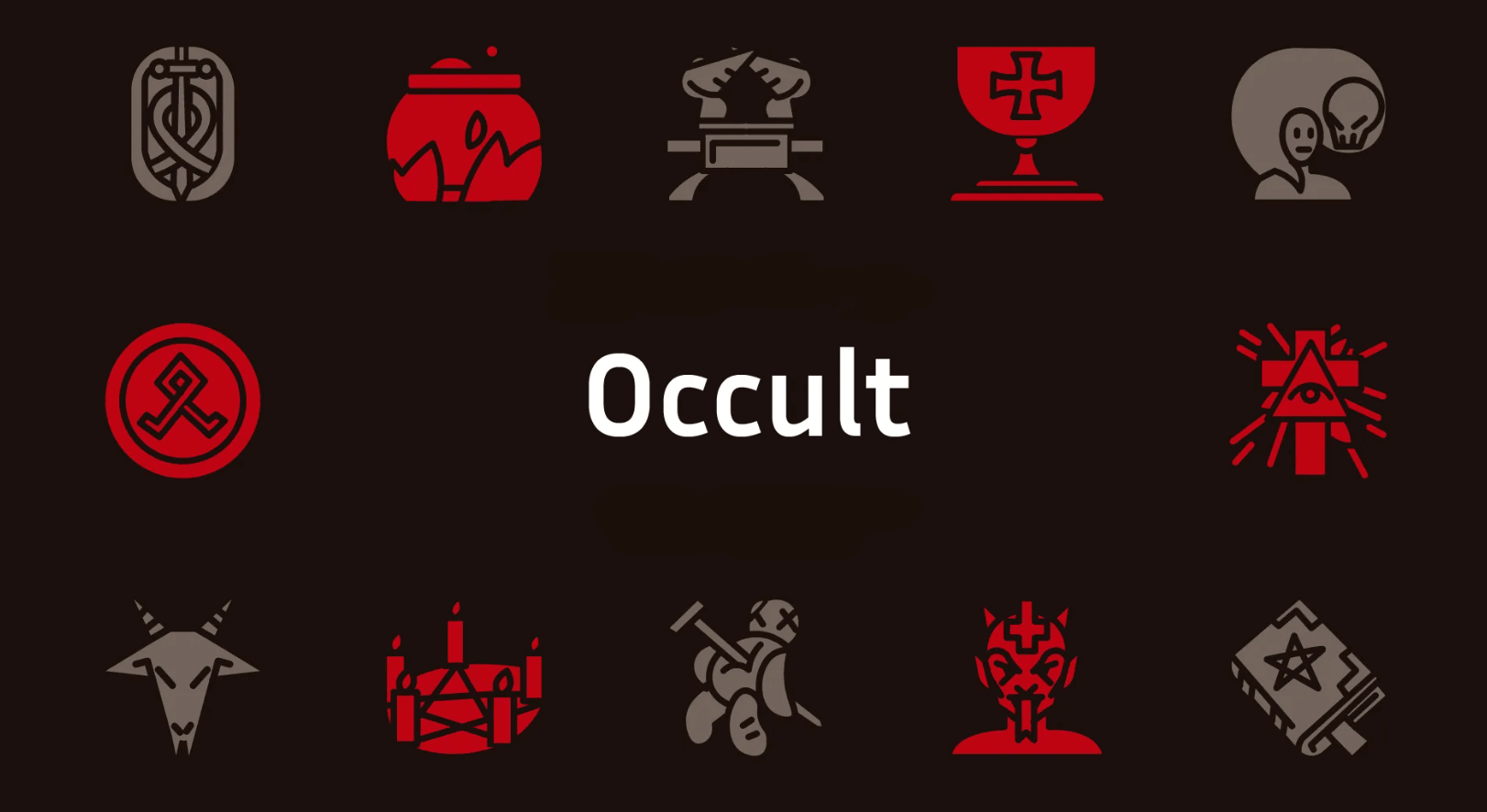
Occult symbolism plays a huge role in today’s society. Its secretive and unusual visuals are so captivating that individuals from all walks of life become intrigued. It can be seen everywhere – music, fashion, art, and even in films.
This type of symbolism appeals to us because it hints at the unknown. It often creates a mysterious and magical atmosphere, so it’s a great tool for those wanting to spark excitement or rebellion. Even celebrities use it to show their uniqueness or to give off an edgy vibe.
It’s not just in pop culture though, occult symbols have even infiltrated our daily lives. Companies use them to increase their brand recognition and manipulate consumer behaviour. People may not be aware, but these symbols can subconsciously affect how we view certain products or services.
To understand and protect ourselves from the influence of occult symbolism, we must become informed consumers. Learning the meaning behind commonly used symbols is a good place to start. That way, we’re able to make educated decisions about what we consume and the brands we support.
Parents and teachers should also encourage kids to think critically. When they’re provided with the skills to question and analyze occult symbols, they’ll be better equipped to resist manipulation from the media or advertising.
In the end, if you feel pulled towards the “dark side”, you’ll know how to read the signs.
Frequently Asked Questions
Q: What is occult symbolism?
A: Occult symbolism refers to the use of hidden or secret symbols that carry deeper meanings and are associated with mystical or esoteric beliefs. These symbols are often used in occult practices, mysticism, and spiritual or philosophical systems.
Q: What are some common occult symbols?
A: There are various occult symbols used across different belief systems. Some common examples include the pentagram, the eye of Horus, the all-seeing eye, the inverted cross, the ouroboros, and the ankh. These symbols often represent concepts such as spirituality, power, divinity, or hidden knowledge.
Q: Are occult symbols linked to evil or satanic practices?
A: While some occult symbols have been associated with negative connotations, it is important to understand that not all occult symbolism is inherently evil or linked to satanic practices. Occult symbolism can also be found in ancient religions and belief systems that are not inherently malevolent.
Q: Why do people use occult symbols?
A: People use occult symbols for various reasons. Some may view these symbols as a way to connect with mystical or spiritual energies, to express their beliefs, or as tools for meditation and transformation. Others may simply find them aesthetically appealing or use them as cultural or historical references.
Q: How can I learn more about occult symbolism?
A: If you are interested in learning more about occult symbolism, you can explore books, websites, and reputable resources on occult studies, esoteric beliefs, and ancient religions. It is important to approach the subject with an open and critical mindset to avoid misinformation or misinterpretation.
Q: Should I be concerned if I come across occult symbols?
A: Encountering occult symbols in various contexts, such as art, literature, or even popular culture, does not necessarily warrant concern. It is essential to understand the intended meaning and context behind these symbols before making judgments. Occult symbolism alone should not be a cause for alarm.
Conclusion
Exploring occult symbolism reveals its importance in many cultures and belief systems. These symbols, with hidden meanings and ancient knowledge, captivate scholars and enthusiasts.
Diving deeper, a tapestry of interconnected ideas appear. From the Eye of Providence to pentagrams, each symbol serves as a portal to deeper understanding of esoteric principles. Deciphering them unlocks truths about the mysteries of life.



